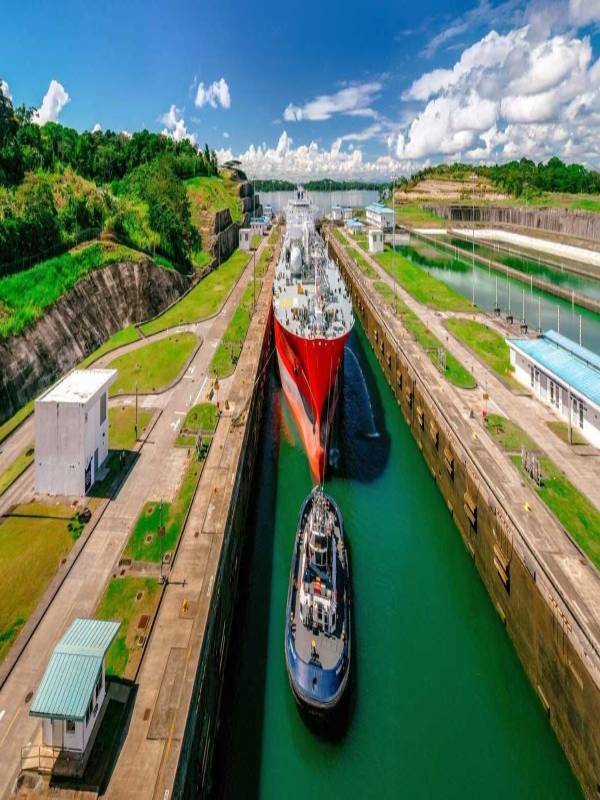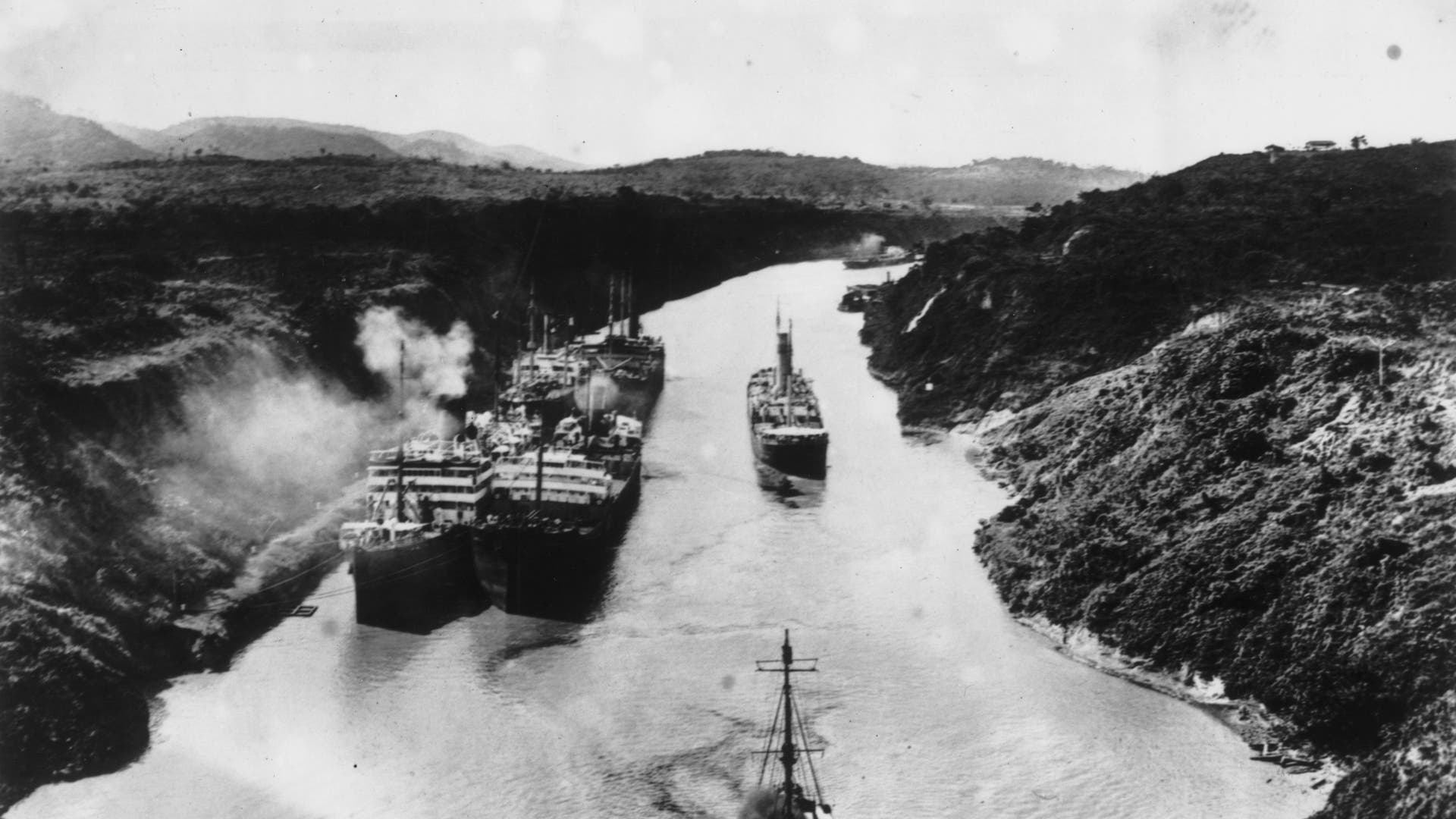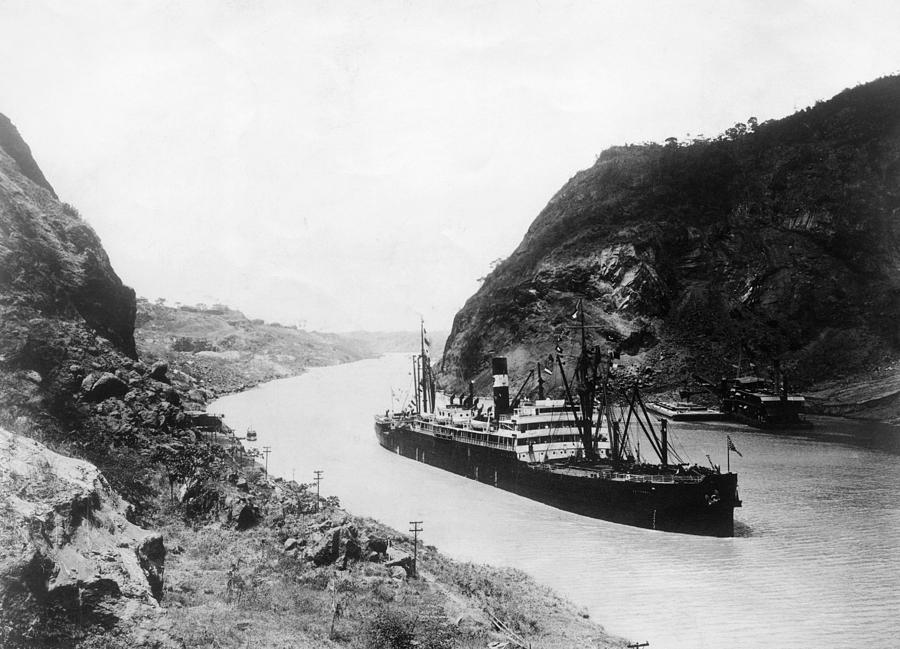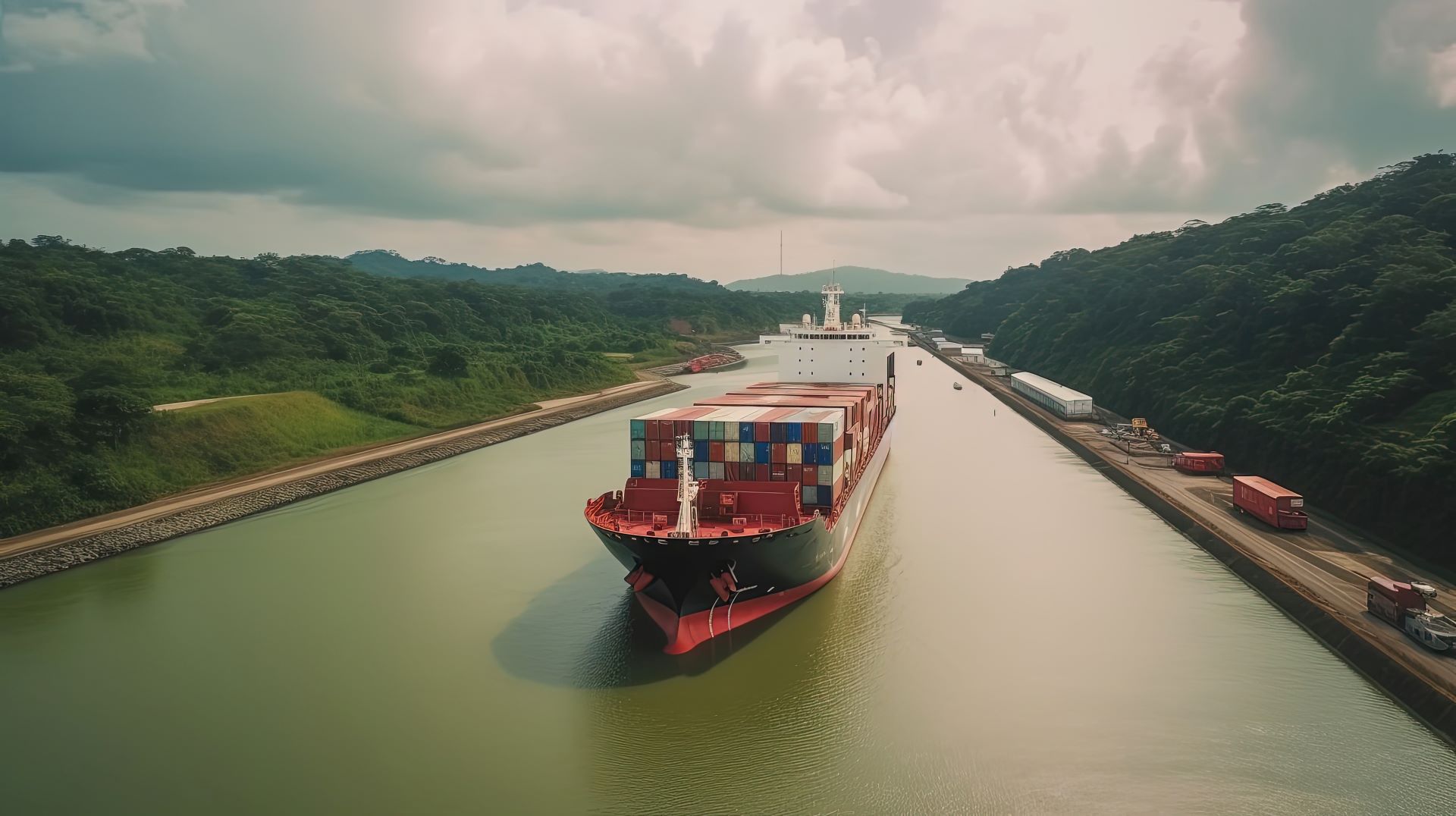Table of Contents
- Newly expanded Panama Canal opens for bigger business – The Tico Times ...
- The Panama Canal Is 100 Years Old, Just In Time For Its Makeover ...
- The Panama Canal, Circa 1931 Photograph by Everett
- Panama Canal Crossing: How Boats Pass Through the Panama Canal
- Panama Canal Announces New Draft And Daily Transit Increases - Orbitshub
- Client Advisory: Panama Canal Update
- What is the significance of the Panama Canal? - MindStick YourViews ...
- Panama Canal Turns 100 Years Old | Fox News
- Miami,Cartagena,Colon,CTB-Panama Canal,BLB-Panam Canal,Puntarenas,Cabo ...
- The Panama Canal: Map, History, Cruises, and Construction - Dream Civil
The Panama Canal is one of the most iconic and vital waterways in the world, connecting the Atlantic Ocean to the Pacific Ocean and revolutionizing global trade. In this article, we will delve into the definition, history, ownership, treaty, map, locks, and significance of the Panama Canal, exploring its importance and impact on the world.
Definition and Purpose
The Panama Canal is a 51-mile (82 km) long shipping canal that crosses the Isthmus of Panama in Central America, allowing vessels to pass through the continent and saving time, fuel, and resources. The canal is a vital transportation artery, enabling ships to travel between the Atlantic and Pacific Oceans without having to circumnavigate South America, reducing travel time by approximately 7,800 miles (12,550 km).
History of the Panama Canal
The concept of a canal across Panama dates back to the 16th century, but it wasn't until the late 19th century that the French began construction on the project. However, the French effort was plagued by engineering problems, tropical diseases, and financial issues, leading to the project's abandonment in 1889. The United States took over the project in 1904 and completed it in 1914, with the canal opening to traffic on August 15, 1914.
Ownership and Treaty
The Panama Canal was owned and operated by the United States from 1904 to 1999, with the Panama Canal Zone serving as a U.S. territory. However, in 1977, the Torrijos-Carter Treaties were signed, transferring ownership of the canal to Panama by the end of 1999. The treaty also established the Panama Canal Authority (ACP) as the autonomous agency responsible for the canal's operation, management, and maintenance.
Map and Geography
The Panama Canal stretches from the Atlantic Ocean in the north to the Pacific Ocean in the south, passing through the Isthmus of Panama. The canal consists of three sets of locks: the Miraflores and Pedro Miguel Locks on the Pacific side, and the Gatun Locks on the Atlantic side. The canal's elevation varies from sea level to 85 feet (26 meters) above sea level, with the Gatun Lake serving as a water reservoir and navigation channel.
Locks and Operations
The Panama Canal's locks are a marvel of engineering, allowing ships to be lifted or lowered between the two oceans. The locks are 1,000 feet (305 meters) long, 110 feet (33.5 meters) wide, and 40 feet (12 meters) deep, with a maximum ship size of 965 feet (294 meters) in length and 106 feet (32.3 meters) in width. The canal operates 24/7, with approximately 40-50 vessels passing through daily, including container ships, tankers, and cruise liners.
Significance and Impact
The Panama Canal is a vital artery of global trade, with over 14,000 vessels passing through annually, accounting for approximately 4% of global trade. The canal's significance extends beyond trade, as it also plays a crucial role in the global economy, energy security, and environmental sustainability. The Panama Canal Authority has implemented various initiatives to reduce the canal's environmental impact, including the use of renewable energy sources and water conservation measures.
In conclusion, the Panama Canal is an engineering marvel and a testament to human ingenuity, connecting the world and facilitating global trade. As a vital transportation artery, the canal continues to play a significant role in shaping the global economy, energy security, and environmental sustainability. Whether you're a historian, engineer, or simply interested in global affairs, the Panama Canal is an fascinating topic that continues to captivate audiences around the world.
Keyword density:
- Panama Canal: 12 instances
- Global trade: 3 instances
- Engineering: 2 instances
- History: 2 instances
- Ownership: 2 instances
- Treaty: 2 instances
- Map: 1 instance
- Locks: 3 instances
Meta description: Discover the Panama Canal, a marvel of engineering and global trade, connecting the Atlantic and Pacific Oceans. Learn about its history, ownership, treaty, map, locks, and significance in this comprehensive article.
Header tags:
- H1: Unlocking the Panama Canal: A Marvel of Engineering and Global Trade
- H2: Definition and Purpose
- H2: History of the Panama Canal
- H2: Ownership and Treaty
- H2: Map and Geography
- H2: Locks and Operations
- H2: Significance and Impact
Image suggestions:
- Aerial view of the Panama Canal
- Map of the Panama Canal
- Locks in operation
- Ships passing through the canal
- Panama Canal Authority logo
- Historical images of the canal's construction









